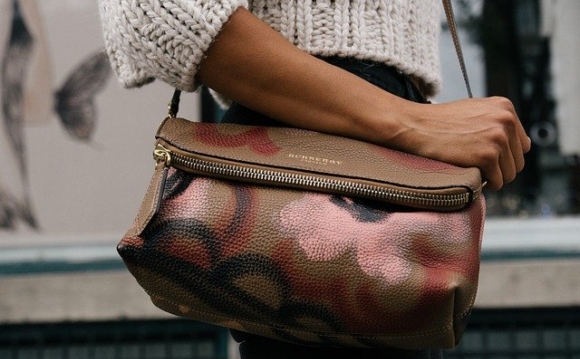
Leather goods with some interesting image were always appreciated. One of the most important parameters when printing on leather is the abrasion resistance of the image. A standard test for durability among sellers of leather and leather products has been developed: a waffle towel is abundantly soaked with boiling water over a hundred degrees and leather products are rubbed heavily for two minutes. The highest mechanical resistance of the ink is on the surface where there is varnish, since this is in fact not an image on the leather, but an image on the varnish. You can paint over any inaccuracies with any leather paint.
Polymer ink is in second place. They calmly withstand one and a half minutes of such a test, which means it is guaranteed to last more than a year.
When printing on leatherette, it is necessary to take into account the fact that leatherette can accumulate a static charge, so you need to pay attention to the grounding of the printer and the static protection device.
The next most important option for printing on leather is speed. Here, unfortunately, we are talking not only about the ability of the printer to print at one speed or another, but primarily the ability of the printer to quickly bake ink into the leather so that it does not have time to spread.
One of the most important parameters of genuine leather is its tactile warmth. That is why it is strictly forbidden to use any steep, as well as primers on the leather, since the skin instantly becomes cold to the touch and we thereby make a quality leather product worse than it actually is. Of course, various varnishes and steep make the leather tougher, which is fraught with the fact that it will crack during bending, and, of course, such leather can not be molded, stretched, carry out such actions.
Image by Free-Photos from Pixabay









